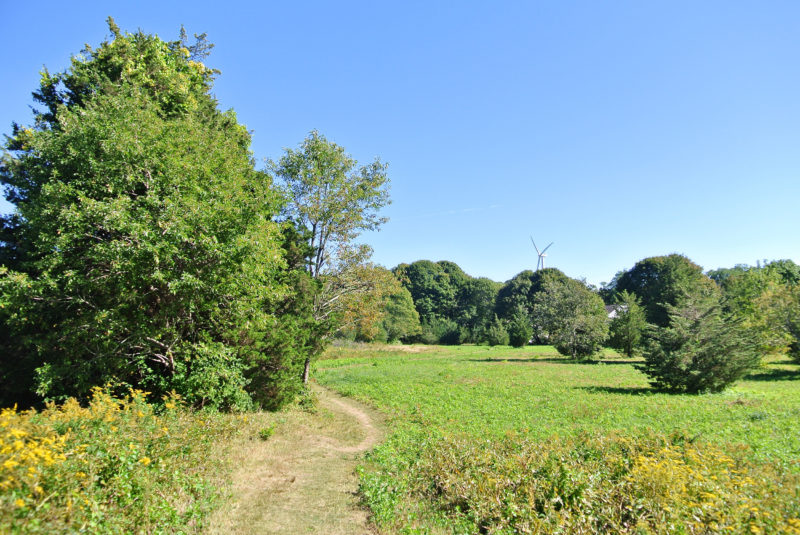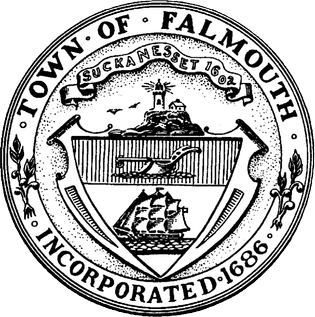Cardoza Farm
Discover a sprawling meadow filled with birds at Cardoza Farm in West Falmouth. Follow the trail through this former farm, now a town-owned conservation area, onto wooded paths for a bit of exercise or simply to enjoy the quiet of the woods.
Features

Linger in the fields and meadows at Falmouth’s Cardoza Farm to listen for songbirds, watch rabbits hop through the grass, and spot hawks out hunting.
Much like its neighbor Bourne Farm, Cardoza Farm was agricultural land until the late 1990s. Beginning in the 1920s, the Cardoza family grew vegetables and strawberries in these fields and grazed their cows in the wooded back lot.
The town purchased this land in 1999, and volunteers with The 300 Committee now help maintain the field. It’s a great place to enjoy a picnic with family or to watch for birds flitting through the tall grasses. Walk onward to the trails in the wooded back portion of the property for a refreshing hike through the trees, or bring kids along in the spring to search for baby frogs and salamanders near a seasonal vernal pool.
Trails
The entrance to Cardoza Farm is a small gravel road off Route 28A next to Forman Lane; look for the white sign that reads “T3C Lot 5” and the gray stone carved with the property’s name. The trail starts just beyond the small parking area on this gravel road. (Download trail map)
The trail first leads through the former farm fields, which have been converted into an open, wildflower-filled meadow. At the back of the field, the trail crosses over the Shining Sea Bikeway before continuing through a corridor of sunny woods. The paths here are wide and largely flat – perfect for a relaxing stroll with your dog or to bring kids on a woodland exploration. Look for small wetlands on the south and west sides of the property, especially in the spring.
For a longer adventure, walk north from Cardoza Farm up the bike path to explore the trails at Bourne Farm and Wing Pond Woods.
Habitats & Wildlife
Much of Cape Cod’s open fields have been sold for development or reverted to forest, making Cardoza Farm a valuable habitat for birds, predators like foxes, and rare plants. Native grasses and clover thrive in this open meadow, as do wildflowers like aster, blanket flower, buttercups, and goldenrod. Look out for New England cottontails hopping through the field and foraging on these plants. You might also spot a red-tailed hawk wheeling above the field or perched atop the massive cedar tree that stands beside the trail.
In the woods, look out for groups of turkeys moving through the trees and listen for the trill of songbirds. As winter’s snow melts and spring begins, vernal pools fill in the swampy areas at the back of the woods. These seasonal wetlands are breeding areas for frogs and salamanders; peer in to spot jelly-like eggs and wriggling tadpoles along the surface.

 Download Property Map
Download Property Map